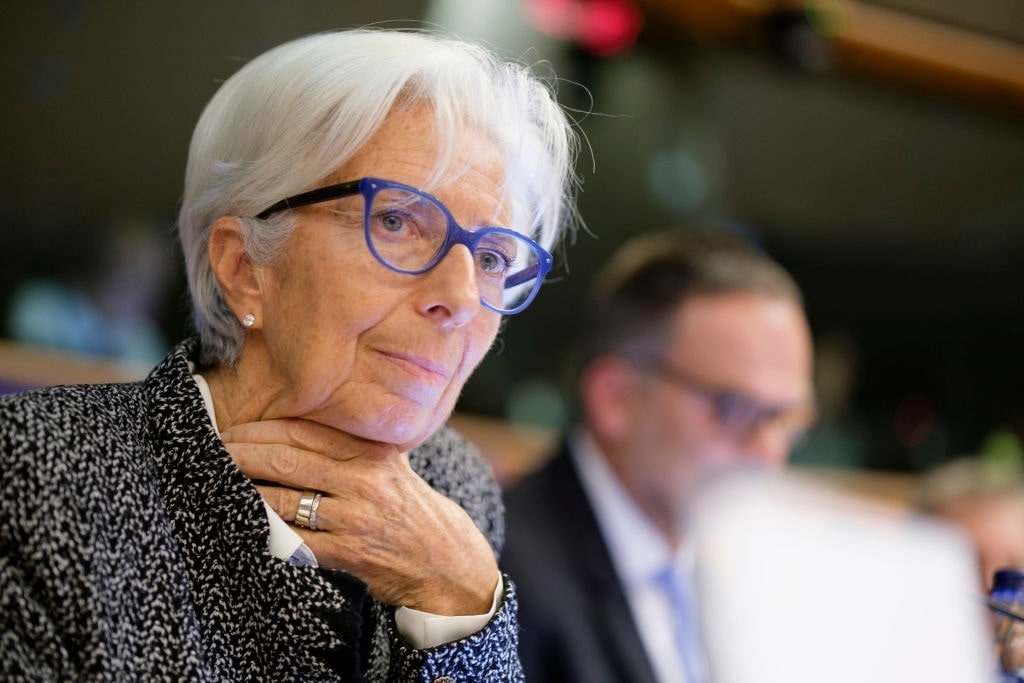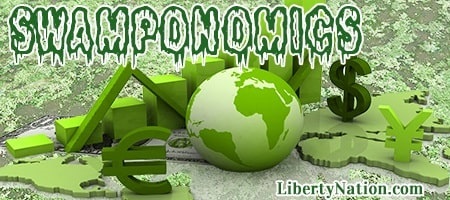Central bank confusion, manufacturing recession deepens, and another COVID.
Are we at the end of the interest rate hike cycle? Central banks continue sending mixed signals to global financial markets forcing everyone to play a silly game of will-they-or-won’t-they. With above-trend inflation rates unlikely to touch their multi-decade highs, the Federal Reserve and central bankers continue to expose their ineptitude and indecision at every monetary policy meeting, speech, or panel discussion.
What Central Banks Are Saying
After the softer-than-expected US October inflation reading, investors declared that the Federal Reserve has finished raising interest rates. As a result, stocks rallied, Treasury yields cratered, the US dollar erased its 2023 gain, and traders addicted to easy money popped open a little bit of the bubbly. But then the minutes from the November Federal Open Market Committee (FOMC) were released, and they confirmed that meeting participants were a little less exuberant, indicating that policymakers would be ready, willing, and able to pull the trigger on rate hikes if the data warranted additional tightening.

Christine Lagarde (Photo by Thierry Monasse/Getty Images)
Christine Lagarde, the head of the European Central Bank (ECB), hinted that the institution could hit the pause button and assess the impacts of its tightening campaign. Following a 2.9% inflation print last month, the ECB could have reason to be slightly dovish, although Lagarde was not as adamant about hanging the Mission Accomplished banner just yet. “Given the amount of ammunition we have used, we can observe very attentively the components of our lives like salaries, profits, like fiscal, like geopolitical developments, and certainly the way in which our ammunition is impacting our economic life to decide how long we have to stay there and what decision we have to make — up or down.”
The Bank of Canada governor, Tiff Macklem, said in a Nov. 22 speech that rate hikes might be over because the Canadian economy remains weak, which could mean “more downward pressure on inflation is in the pipeline.” Indeed, the country slipped into a technical recession last month while witnessing the annual inflation rate slide to 3.1% in October.
But can the financial markets guarantee that rate cuts are coming? The futures market is undoubtedly penciling in some reductions to key policy rates next year, although they have been expecting monetary easing since early 2023. That said, the idea that economies are hanging by the skin of their teeth because they are waiting for the wisest men and women to decide on quarter- or half-point increases each month or two is absurd. As Liberty Nation has written since the beginning of the Fed’s quantitative tightening crusade, the Eccles Building had two options. First, once the markets recovered and states started reopening in the early days of the pandemic, the Fed could have slowed down its QE program and avoided the massive inflation bomb. Second, the Fed could have front-loaded its rate hikes and brought them to the 5% range within a few months rather than dragging the entire process out for nearly two years.
Now, both points have essentially been supported by central banks. Fed Chair Jerome Powell conceded at the Economic Club of New York that the institution could have done much less than it did. Former St. Louis Fed Bank President James Bullard often advocated for front-loading rate increases. But the central banks are – apparently – the geniuses.
Manufacturing Recession
 When will the trillions of dollars the current administration is spending and borrowing going to revitalize the manufacturing sector? Despite the massive amount of money from a trifecta of legislative accomplishments under President Joe Biden, the industry has been stuck in a recession for much of the year. The latest numbers highlighted that factory activity continues to be in contraction.
When will the trillions of dollars the current administration is spending and borrowing going to revitalize the manufacturing sector? Despite the massive amount of money from a trifecta of legislative accomplishments under President Joe Biden, the industry has been stuck in a recession for much of the year. The latest numbers highlighted that factory activity continues to be in contraction.
The S&P Global Manufacturing Purchasing Managers’ Index (PMI) clocked in at 49.4 in November, down from 50 and below the consensus estimate of 49.8. Anything below 50 indicates recession. This year, the S&P Global metric has been in this territory for nine of the last 11 months. The report revealed tumbling employment, muted global demand, business uncertainty, and softer input price pressures.
Meanwhile, a plethora of other data painted a portrait of a slowing economy. Durable goods orders plunged 5.4% in October, down from the downwardly revised 4.1% in September and worse than the market forecast. The Chicago Fed National Activity was the lowest in seven months. Crude oil inventories ballooned by nearly nine million barrels, indicating weaker consumer and industrial demand. The University of Michigan’s Consumer Sentiment Index fell again to 61.3 in November.
Another COVID?
In recent days, there have been reports of growing respiratory infections in China, including influenza and pneumonia. Global health authorities at the World Health Organization were so concerned that they requested more data from Chinese officials. Despite concerns that there might have been another COVID in the making, Beijing says that no “unusual or novel pathogens” are traveling across the country. Instead, the government has linked hospitals being “overwhelmed” with patients to the nation experiencing its first entire winter without pandemic-era restrictions.
While the increase in infections is likely the result of lockdown and masking policies that have devastated immune systems, you cannot fault the skeptics who believe there might be something more insidious unfolding. But don’t tell the central banks, or they’ll almost certainly fire up the printing press!

